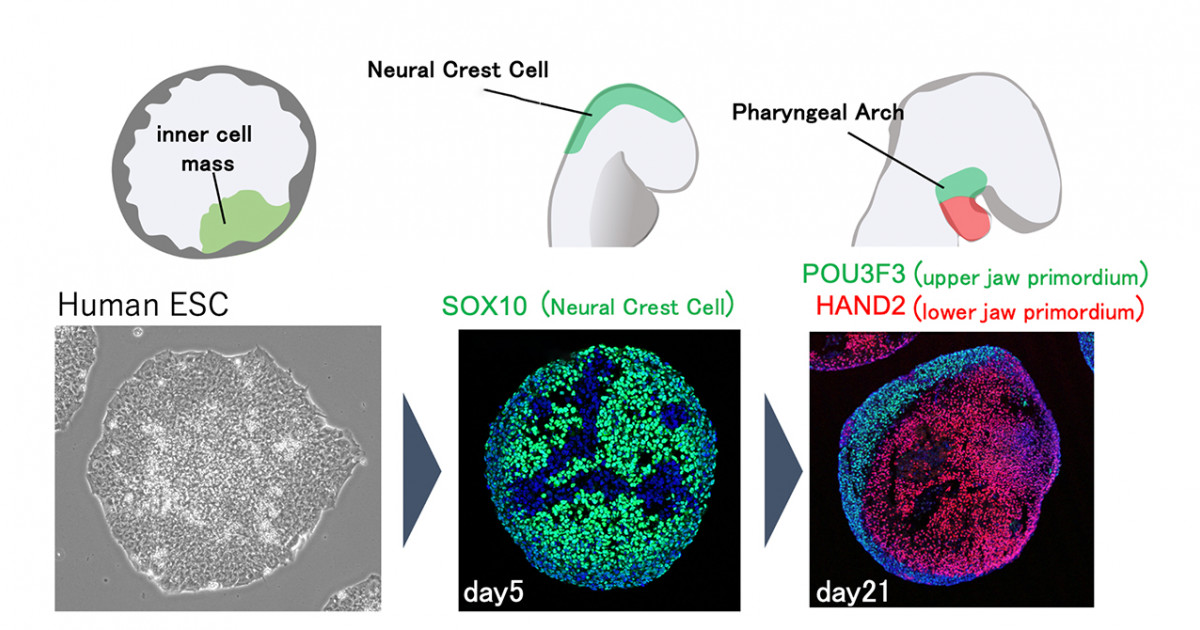Government targets designed to lower the salt content of packaged foods will make little difference to the health of Australians, according to a new analysis published today.
George Institute researchers found that even if the voluntary targets were fully implemented, they would reduce the amount currently purchased by Australian households in the form of packaged foods by just 3.5 percent.
Lead author and Accredited Practising Dietitian from The George Institute Daisy Coyle said that high intakes of sodium, in the form of salt, were a key contributor to high blood pressure – a major cause of cardiovascular disease and chronic kidney disease.
“On average, Australian adults consume twice the recommended amount of salt, and most aren’t aware that the amount they’re consuming is raising their blood pressure and shortening their lives,” she said.
The majority is hidden in packaged and processed foods, which is why sodium reformulation, or the reduction of sodium in these products by food manufacturers, has been put forward by The World Health Organization as a ‘best-buy’ for improving public health.
“Our research shows that unfortunately the Government’s reformulation program, which has been five years in the making, is unlikely to deliver any meaningful health benefits for Australians,” Daisy added.
In 2015 the Federal Government established the Healthy Food Partnership, bringing together stakeholders from government, industry and public health groups to tackle the issue of diet related diseases. But the first wave of voluntary reformulation targets, which includes 27 targets for sodium and five targets for saturated fat, were not released until May 2020.
To see how these targets would affect the Australian diet, George Institute researchers analysed a year’s worth of grocery purchases from a national sample of around 10,000 households in 2018. This data was linked with The Institute’s packaged food and beverage database FoodSwitch to calculate the sodium content of the products they purchased.
The study found that if the voluntary targets were fully achieved, sodium purchases would be reduced by 50mg/d per capita, equivalent to just 3.5 percent of sodium purchased in the form of packaged foods.
It also suggested that if Australia had adopted targets used in the UK, the reduction in household sodium purchases would more than double, mainly because a broader range of products are covered by the UK targets.
Dr Jason Wu, Program Head of Nutrition Science at The George Institute, said more should be done to ensure that the health benefits of the program could be realised.
“With more than six million Australian adults – or one in three people – having high blood pressure, reducing salt consumption would save thousands of lives each year as well as millions in healthcare costs,” he said.
“Our research shows that in its present form, this reformulation program is unlikely to deliver anywhere near the magnitude of reduction in sodium intake needed for Australians, despite a five-year long process of planning and development.”
“Further work is needed to set more stringent targets across more product categories and making them mandatory or at least incentivising manufacturers to comply,” he added.








